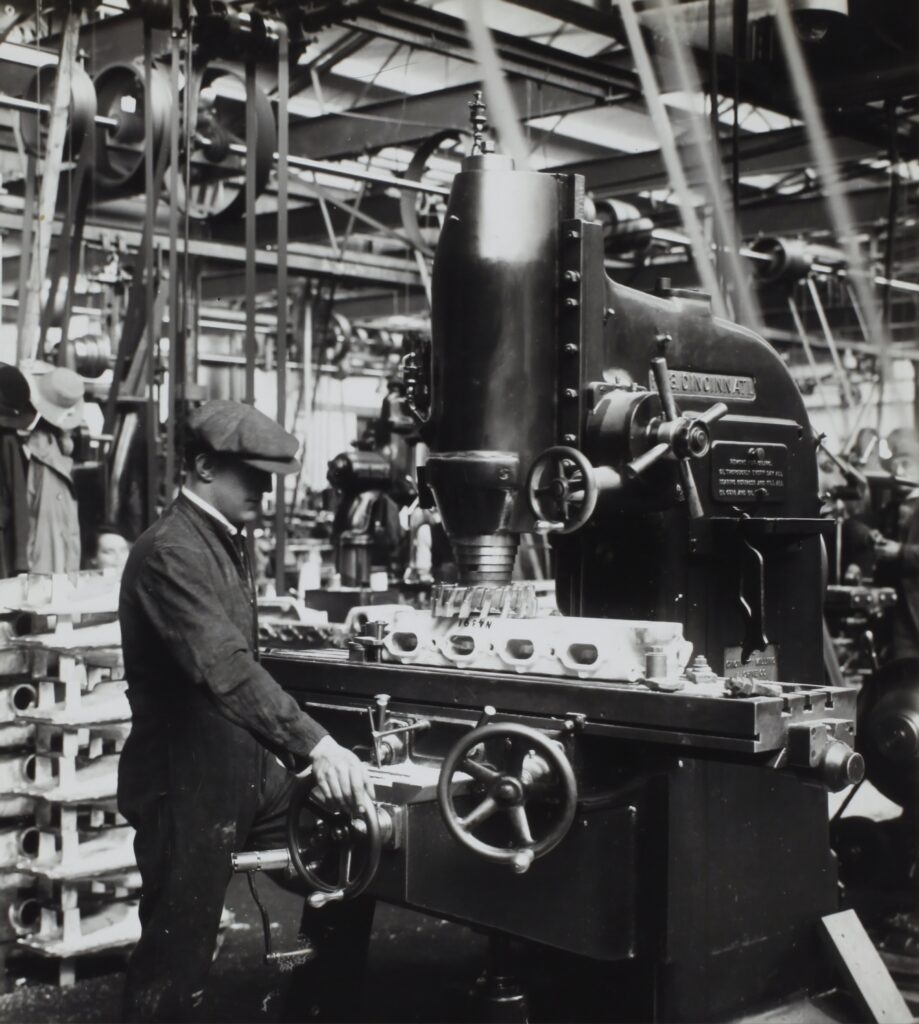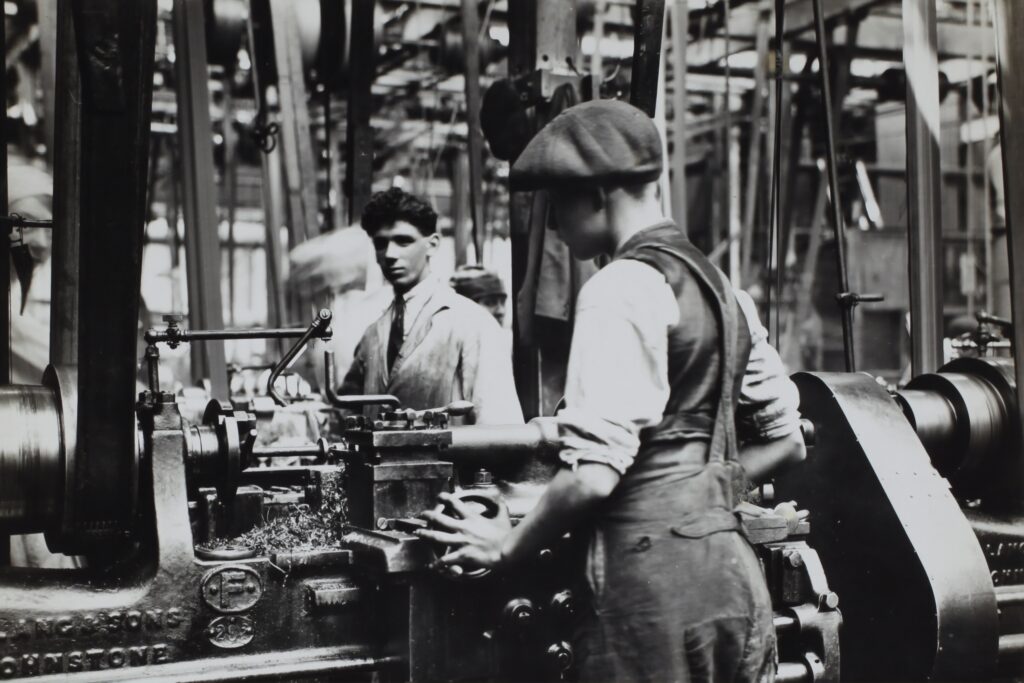You may wonder, what exactly is the purpose of an exhaust manifold? Well, let’s break it down for you. The exhaust manifold is a vital component of your car’s engine that plays a crucial role in the overall functioning of the exhaust system. Its main purpose is to collect the exhaust gases coming from each cylinder and channel them into a single pipe, effectively directing the expelled gases away from the engine and out through the exhaust pipe. This not only helps improve engine efficiency by ensuring proper exhaust flow but also contributes to reducing harmful emissions and maintaining engine performance. So, next time you hear the term “exhaust manifold,” you’ll know its importance in keeping your engine running smoothly.

Understanding the Exhaust System
Definition of an exhaust system
An exhaust system is an essential component of a vehicle that is responsible for directing and channeling the harmful gases produced during the combustion process out of the engine and away from the vehicle. It plays a crucial role in maintaining the proper functioning and performance of the engine.
Components of the exhaust system
The exhaust system is made up of various components that work together to ensure the smooth flow of exhaust gases. These components include the exhaust manifold, catalytic converter, muffler, and tailpipe. Each component serves a specific purpose in the overall functioning of the exhaust system.
Brief overview of how the exhaust system works
When the engine runs, it generates toxic gases such as carbon monoxide, nitrogen oxides, and unburned hydrocarbons. The exhaust system carries these gases from the engine cylinders to the tailpipe, where they are released into the atmosphere. The exhaust system also helps to reduce noise generated by the engine during the combustion process.
What is an Exhaust Manifold?
Definition of an exhaust manifold
An exhaust manifold is a component of the exhaust system that collects the hot gases emitted from the engine cylinders and channels them into a single pipe. It is located directly attached to the cylinder head.
Location and physical attributes of the exhaust manifold
The exhaust manifold is typically located near the engine block, close to the cylinder head. It is generally made of cast iron or stainless steel to withstand extreme temperatures and corrosive gases. The manifold consists of a series of passages, each corresponding to a cylinder in the engine. These passages converge into a single pipe, also known as the collector, which connects to the rest of the exhaust system.
The Role of the Exhaust Manifold in the Exhaust System
Primary function of the exhaust manifold
The primary function of the exhaust manifold is to collect the hot exhaust gases produced during the combustion process in each cylinder and direct them towards the catalytic converter and the rest of the exhaust system. It acts as a funnel, merging the gases from multiple cylinders into a single outlet.
How the exhaust manifold contributes to the overall exhaust process
The exhaust manifold plays a vital role in the overall exhaust process by ensuring an efficient flow of exhaust gases. The manifold’s design and construction help to improve the scavenging effect, where the flow of exhaust gases from one cylinder helps to pull out the remaining gases from adjacent cylinders. This scavenging effect enhances engine performance by enhancing combustion efficiency.
How the Exhaust Manifold Works
Steps in the operation of the exhaust manifold
- As the engine runs, each cylinder produces exhaust gases during the combustion process.
- The exhaust gases flow from each cylinder through the exhaust ports on the cylinder head.
- The exhaust manifold collects the gases from each cylinder and channels them through its passages.
- The gases merge together at the collector, forming a single stream of exhaust gases.
- The exhaust gases then pass through the rest of the exhaust system, including the catalytic converter, muffler, and tailpipe, before exiting the vehicle.
Explanation on the flow of exhaust gases through the manifold
The exhaust manifold creates a path for the exhaust gases to exit the engine cylinders. As the exhaust valves open during the exhaust stroke, the high-pressure gases are expelled from each cylinder. The manifold’s passages collect these gases and direct them towards the collector, where they combine into a single stream. From there, the gases continue through the exhaust system, undergoing further treatment in the catalytic converter and muffler before being released into the atmosphere through the tailpipe.

Types of Exhaust Manifolds
Cast Iron Manifolds
Cast iron manifolds are commonly used in most vehicles. They are known for their durability and ability to withstand high temperatures. Cast iron manifolds are cost-effective to produce and provide sufficient performance for everyday driving. However, they can be heavy and may restrict exhaust flow compared to other types of manifolds.
Tube or Header Manifolds
Tube or header manifolds, also known as performance manifolds, are designed to optimize exhaust flow and improve engine performance. They are typically made of individual tubes that are equal in length and diameter. This design ensures that each cylinder’s exhaust gas has a separate path and eliminates any interference between cylinders. Tube or header manifolds are popular among performance enthusiasts due to their ability to enhance engine power.
Stainless Steel Manifolds
Stainless steel manifolds offer a balance between durability and performance. They are resistant to corrosion and can withstand high temperatures without sacrificing exhaust flow. Stainless steel manifolds are often found in high-performance vehicles or aftermarket upgrades. They provide better longevity compared to cast iron manifolds and offer improved resistance to rust and degradation over time.
Comparison of different types of manifolds
The choice of exhaust manifold depends on various factors, such as the vehicle’s intended use, budget, and desired performance. Cast iron manifolds are commonly found in standard vehicles, providing durability at an affordable price. Tube or header manifolds are preferred in high-performance applications where maximizing exhaust flow is essential. Stainless steel manifolds offer a balance between durability and performance, making them suitable for both daily driving and performance-oriented vehicles.
Importance of the Exhaust Manifold
Improving engine efficiency
The exhaust manifold’s design and construction can have a significant impact on engine efficiency. A well-designed manifold can enhance exhaust flow, reducing backpressure and improving the engine’s ability to breathe efficiently. This allows the engine to produce more power while consuming less fuel.
Reducing noise
The exhaust manifold, along with the rest of the exhaust system, plays a crucial role in minimizing engine noise. The manifold helps to guide the exhaust gases through the system, allowing sound waves to be absorbed and dispersed in the muffler. This helps in reducing the overall noise produced by the engine.
Reducing environmental pollution
An efficient exhaust manifold contributes to reducing environmental pollution by improving the performance of the catalytic converter. By ensuring a smooth flow of exhaust gases, the manifold facilitates the catalytic converter’s ability to convert harmful emissions into less harmful substances. This helps in reducing air pollution and meeting environmental regulations.
Improving car’s power and performance
The exhaust manifold’s impact on exhaust flow directly affects the engine’s power and performance. A well-designed manifold enables improved scavenging, maximizing the engine’s combustion efficiency. This leads to increased horsepower and torque, resulting in a more responsive and enjoyable driving experience.

Indications of a Faulty Exhaust Manifold
Common symptoms of a malfunctioning exhaust manifold
A faulty exhaust manifold may exhibit several symptoms, including:
- Loud ticking or hissing noises coming from the engine compartment.
- Exhaust leaks, which may be noticeable as a strong smell of exhaust fumes.
- Decreased engine performance, such as reduced power or acceleration.
- Poor fuel efficiency, noticeable through higher fuel consumption.
- Engine misfires or rough idling.
Potential damage due to a failing exhaust manifold
If left unattended, a failing exhaust manifold can lead to several issues. The excessive heat generated by a malfunctioning manifold can cause damage to surrounding components, such as the cylinder head or nearby sensors. Additionally, exhaust leaks from a cracked or damaged manifold can lead to the entry of uncontrolled air into the engine, disrupting the air-fuel mixture and potentially causing engine damage.
Consequences of Ignoring Exhaust Manifold Problems
Potential damage to other components
Ignoring exhaust manifold problems can result in damage to other components of the engine and exhaust system. The excessive heat produced by a faulty manifold can cause nearby components, such as gaskets and sensors, to deteriorate or fail prematurely. Over time, this can lead to more extensive and costly repairs.
Decrease in performance and fuel efficiency
A malfunctioning exhaust manifold can negatively impact engine performance and fuel efficiency. The restricted flow of exhaust gases caused by a damaged manifold can create excessive backpressure, hampering the engine’s ability to expel exhaust gases efficiently. This can result in reduced power, sluggish acceleration, and increased fuel consumption.
Increased environmental pollution
A faulty exhaust manifold can contribute to increased environmental pollution. The inefficient combustion process caused by exhaust flow restrictions can lead to higher emissions of pollutants, such as carbon monoxide and nitrogen oxides. This not only harms the environment but also puts the vehicle at risk of failing emissions tests and violating environmental regulations.
Health risks due to exposure to exhaust gases
Exposure to exhaust gases can pose health risks to both vehicle occupants and the surrounding environment. Carbon monoxide, a toxic gas produced during combustion, can cause headaches, nausea, dizziness, and even potential death in extreme cases. A faulty exhaust manifold can increase the risk of exhaust leaks, exposing individuals to these harmful gases.
In conclusion, the exhaust manifold plays a critical role in the overall functioning and performance of the exhaust system. Its proper operation ensures efficient exhaust gas flow, improves engine efficiency, reduces noise, minimizes environmental pollution, and enhances the car’s power and performance. Regular maintenance and prompt attention to any signs of a faulty exhaust manifold are essential to avoid potential damage, decreased performance, increased environmental pollution, and health risks.
